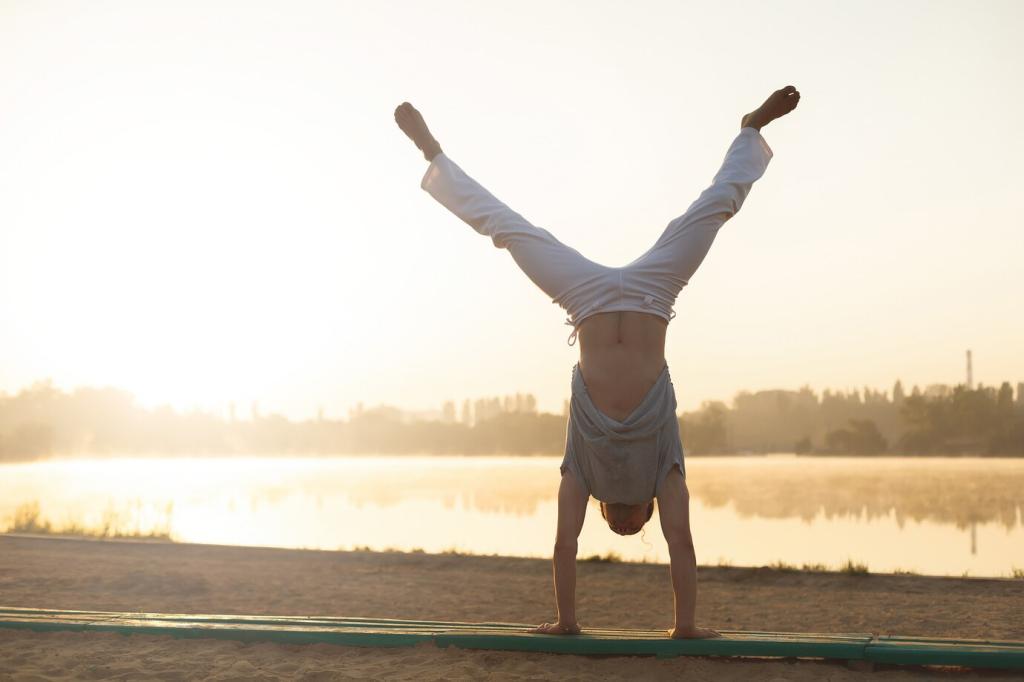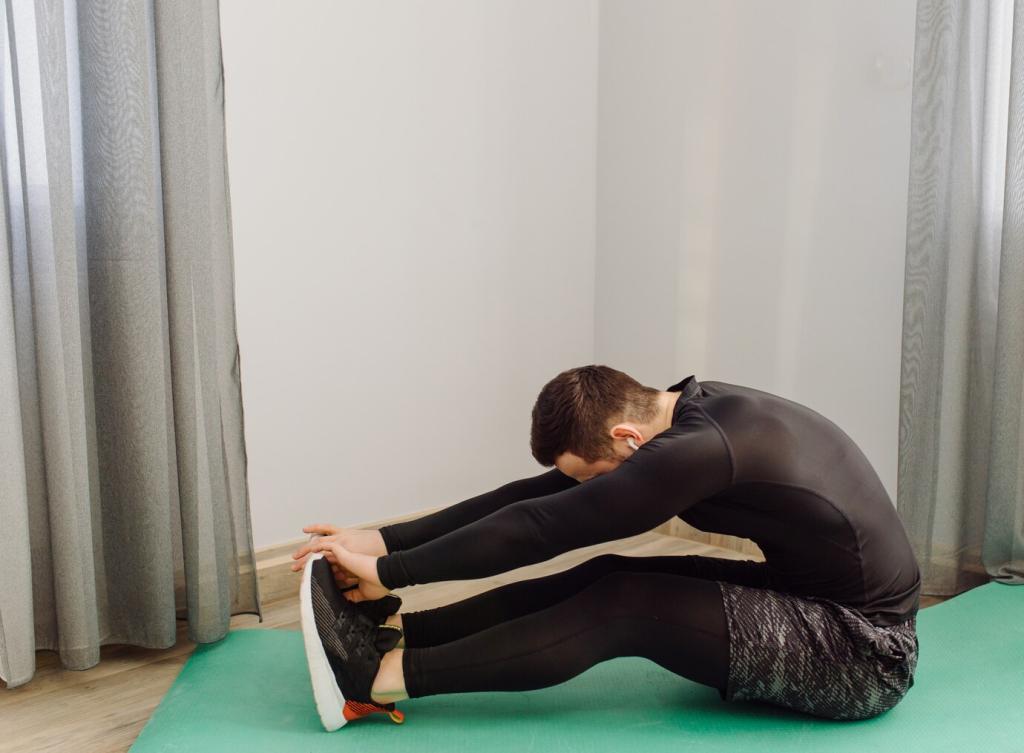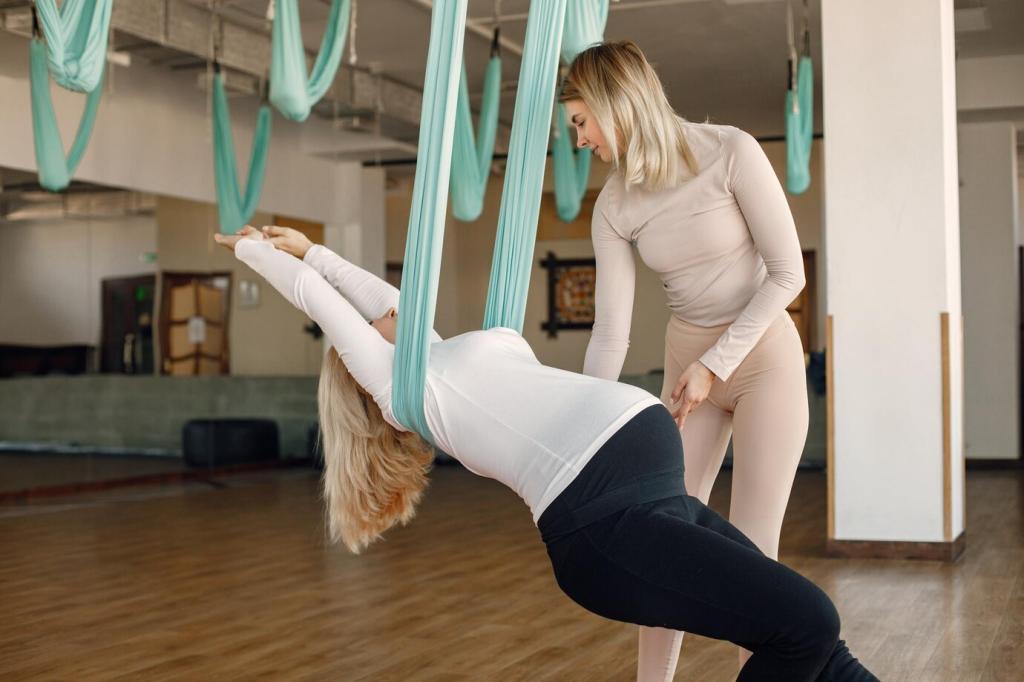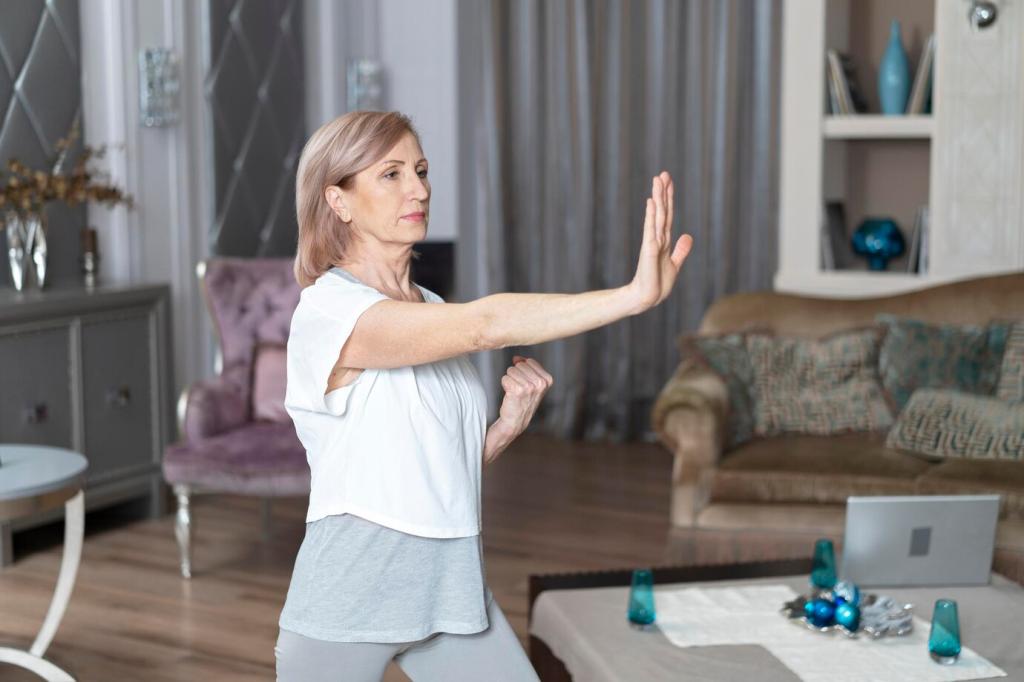A 30-Minute Home Practice You Can Start Today
Begin with Child’s Pose over a folded blanket, breathing deeply into your back ribs for two minutes. Slide into Supported Sphinx, forearms on blocks, letting the belly soften. Finish with slow Cat–Cow, eyes closed, moving like honey for one minute to distribute warmth.
A 30-Minute Home Practice You Can Start Today
Step to Lizard with back knee down, forearms elevated if needed, three minutes per side. Transition to Figure Four on your back, cradling the shin, steady exhales. Widen to Dragonfly with cushions under thighs, letting groins soften as you settle into gravity’s gentle, dependable pull.





